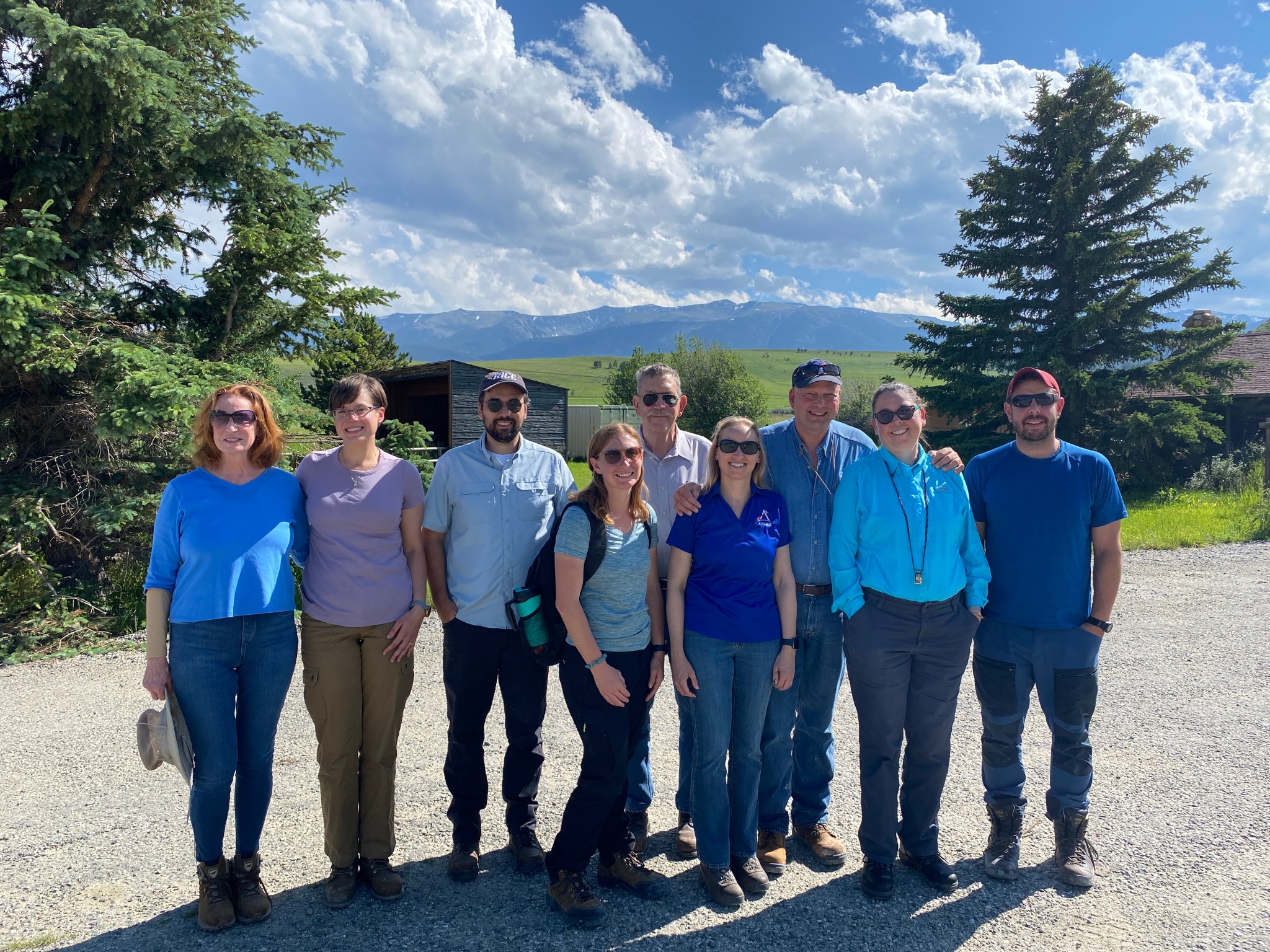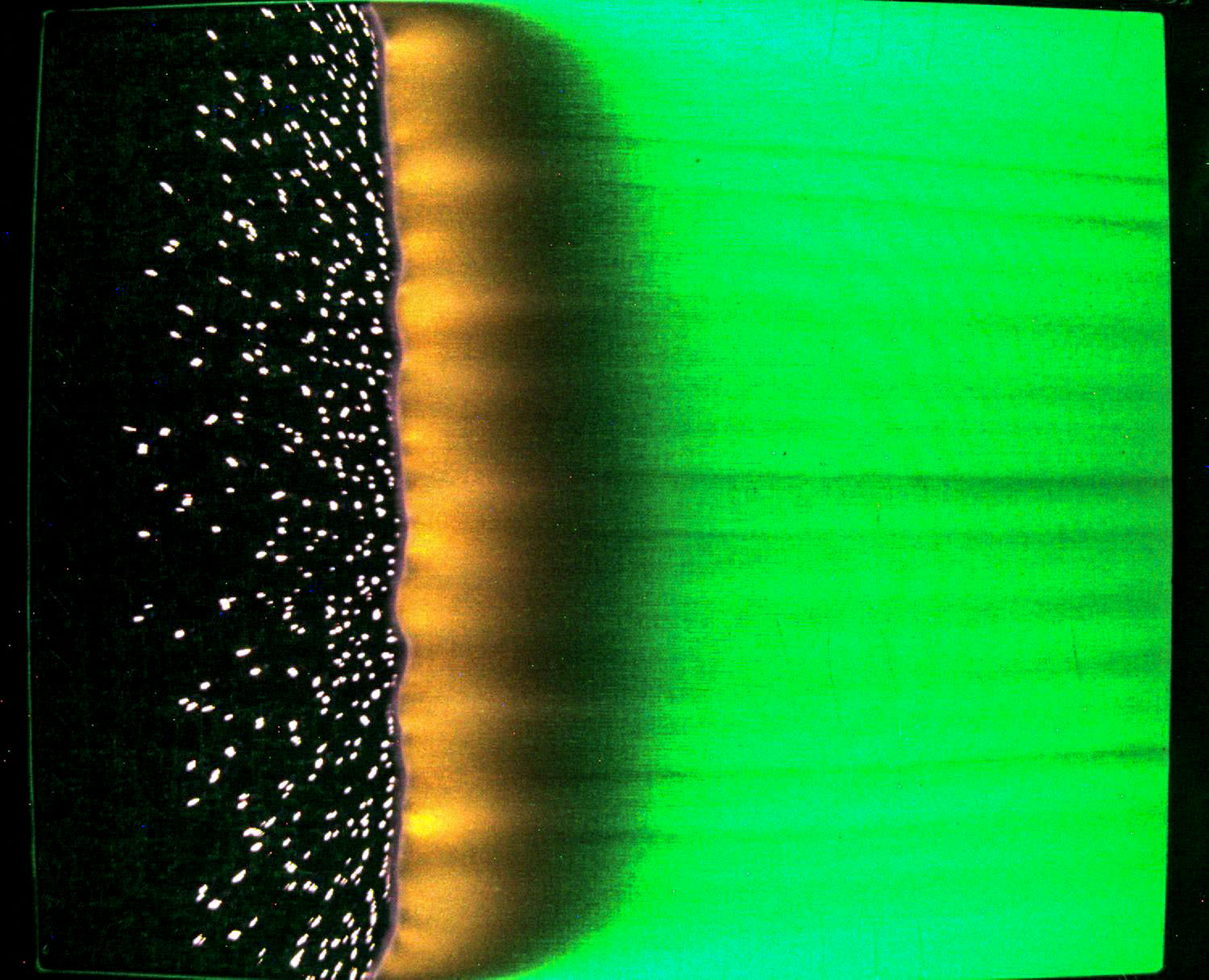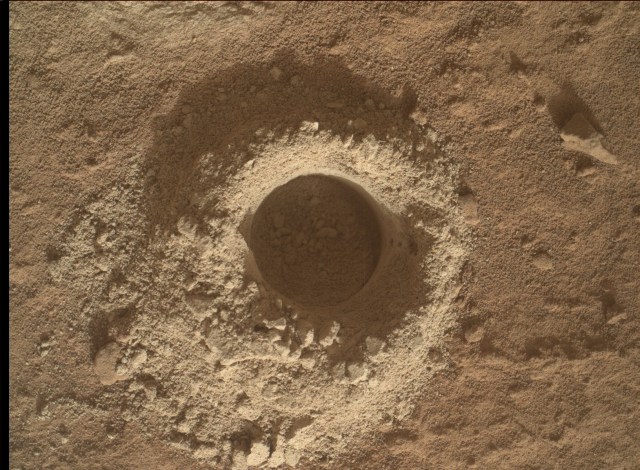NASA Geologist Paves the Way for Building on the Moon
By Jessica Barnett For many at NASA’s Marshall Space Flight Center in Huntsville, Alabama, a love – be it for space, science, or something else – drew them to the career they’re in today. For geologist Jennifer Edmunson, there were multiple reasons. Her love for geology dates back to her childhood in Arizona, playing in […]

5 min read
Preparations for Next Moonwalk Simulations Underway (and Underwater)
By Jessica Barnett
For many at NASA’s Marshall Space Flight Center in Huntsville, Alabama, a love – be it for space, science, or something else – drew them to the career they’re in today. For geologist Jennifer Edmunson, there were multiple reasons.
Her love for geology dates back to her childhood in Arizona, playing in the mud, fascinated by the green river rocks she would find and how they fit together. As she grew older, her love for astronomy led her to study the regolith and geology of the Moon and Mars in graduate school.

That, in turn, led her to Marshall for her post-doctorate, where she studied how shock processes from meteorite impacts potentially affect scientists’ work to determine the age of rocks using different radioisotope systems. On her first day, she needed help from the center’s IT department, which is how she met Joel Miller, the man she now calls her husband.
“I met him on April Fools’ Day, and he asked me out on Friday the 13th,” Edmunson recalled. “I knew I needed to get a stable job, so I got a job as the junior geologist on the simulant team here at Marshall. That was back in 2009.”
Fourteen years later, they still work at Marshall. He’s now the center’s acting spectrum manager, and she manages the MMPACT (Moon-to-Mars Planetary Autonomous Construction Technology) project. Through MMPACT, Marshall is working with commercial partners and academia to develop and test robotic technology that will one day use lunar soil and 3-D printing technology to build structures on the Moon.
“It’s phenomenal to see the development of the different materials we’ve been working on,” Edmunson said. “We started with this whole array of materials, and now we’re like, ‘OK, what’s the best one for our proof of concept?’”
NASA aims for a proof-of-concept mission to validate the technology and capability by the end of this decade. This mission would involve traveling to the Moon to create a representative element of a landing pad.

MMPACT aims to build lunar infrastructure using the materials readily available on the Moon. This process, known as in-situ resource utilization, allows NASA engineers to use lunar regolith, fine-grained silicate minerals thought to be available in a layer between 10 to 70 feet deep on the lunar surface, to build different structures and infrastructure elements.
However, regolith can’t be used like cement here on Earth, as it wouldn’t solidify in the low-pressure environment. So, Edmunson and her team are now looking at microwaves and laser technology to heat the regolith to create solid building materials.
After successfully building a full-scale landing pad on the Moon, MMPACT will likely focus on a vertical structure, like a garage, habitat, or safe haven for astronauts.
“The possibilities are endless,” she said. “There is so much potential for using different materials for different applications. There’s just a wealth of opportunity for anyone who wants to play in the field, really.”
Edmunson hopes to get more lunar regolith first, as NASA is still working with samples from the Apollo missions and simulants based on those samples. She’s also looking forward to Artemis bringing back samples from different parts of the lunar surface because it will provide her team with a wider pool of regolith samples to analyze.
“We want to learn more about different locations on the Moon,” she said. “We have to understand the differences and how that might affect our processes.”
Knowing this will make it easier not just to build landing pads and habitats but to build roadways and the start of a lunar economy, Edmunson said.
“I want there to be sufficient structures there to make things safe for crew, so if we want to build a hotel on the Moon, we could,” she said. “We could have tourists going there, mining districts pulling rare Earth elements from the Moon. We could do that and get a lot of resources that way.

“I want science to progress, things like building a radio telescope on the far side of the Moon. I want more information on more of the different sites around the Moon, so we can get a better understanding of how the Moon formed and the history of the Moon. We’ve only scratched the surface there.”
There are parts of the Moon that can only be explored in detail by visiting in person, Edmunson explained, and she’s excited to be working at Marshall as that exploration is made possible.
“It’s awesome to be part of this. Honestly, it’s the reason I get out of bed in the morning,” she said. “I was born in ’77, so I missed the Apollo lunar landings. I would love to see humans on the Moon in my lifetime, and on Mars would just be amazing.”
Her advice is simple to anyone considering a career like hers: Just go for it.
“A lot of it comes down to passion and tenacity,” she said. “If you really love what you do and you get to do it every day, you find more enjoyment in your career. I feel like I’m making a difference, and with surface construction at such an infant kind of stage right now, I feel like it’s a contribution that will last for a very long time.”
Ramon J. Osorio
Marshall Space Flight Center, Huntsville, Alabama
256-544-0034
ramon.j.osorio@nasa.gov
What's Your Reaction?
















































